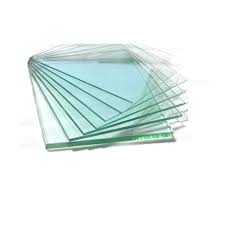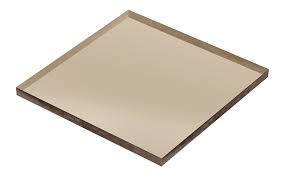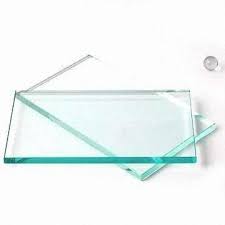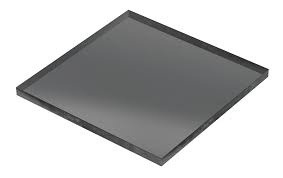Float glass is sheet glass made by floating molten glass on a bed of molten metal, usually tin, giving sheets a uniform thickness and very flat surfaces. The flat glass process is named after Sir Alistair Pilkington, who pioneered the technique with his colleague, Kenneth Bickerstaff, in the 1950s. Most modern windows in houses and larger buildings are made from float glass.
You MUST use a tin side detector with float glass, to detect which side of glass has the tin coating on it, as this coating is not visible to the human eye. If you do not use a tin side detector, you have a 50% chance of devitrification occurring every time you use float glass!
Float glass can be decorated in a wide variety of ways - for example, with hi-fire decals or decal paper; paints such as Glassline; and can be screen-printed to good effect. Shapes can also be imprinted in glass, suing ceramic fibre paper of varying thicknesses.
Float glass can, of course, be slumped over bisqued ceramic moulds or ceramic fibre board moulds of your own design. It can also be draped over ceramic fibre blanket.
We do NOT recommend fusing with float glass, as float glass is currently manufactured in different countries, with different chemical compositions and different coefficients of expansion - and hence with varying and often unpredictable and unpleasant results. Therefore, we do not sell products marketed as "float compatible", such as frits and stringers.




